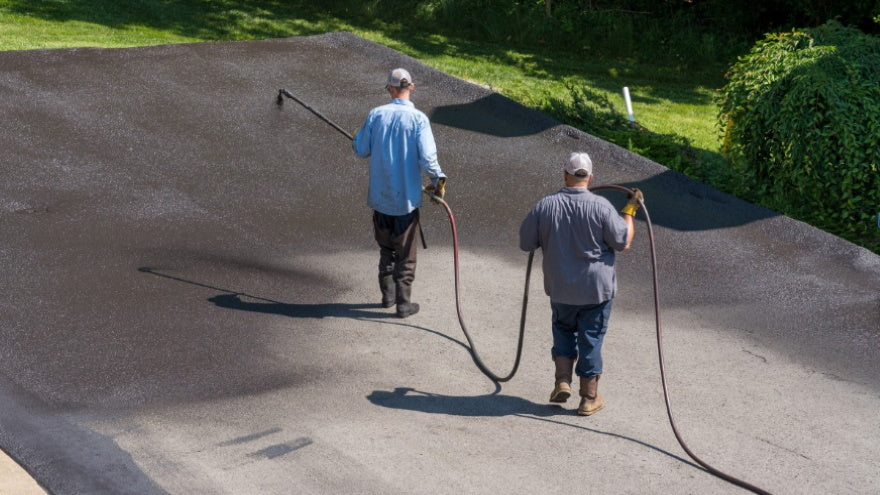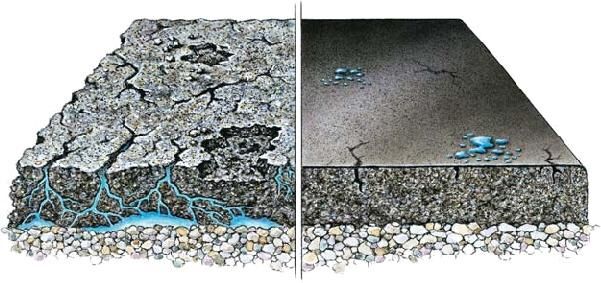SEALCOATING

Sealcoating is a crucial safeguard for asphalt, offering UV protection to prevent aging, creating a waterproof barrier against damage from water penetration, and improving overall durability. This cost-effective solution not only extends the lifespan of the pavement but also enhances its appearance, providing a fresh, dark finish. Moreover, sealcoating contributes to safer driving conditions by improving traction and delineating markings. Overall, it’s a practical investment that combines aesthetic enhancement with essential pavement preservation.
Sealcoating reapplication is recommended every 2 to 4 years for optimal maintenance.
Read about why Sealcoating is important here.
Here’s why it’s so important:
1. Prevents Water Damage
- Asphalt is porous, meaning water can seep into cracks and weaken the base layer.
- Freeze-thaw cycles can cause cracks to expand, leading to potholes and structural damage.
2. Protects Against Oxidation & UV Rays
- Sun exposure dries out asphalt, making it brittle and prone to cracking.
- Sealcoating acts as a shield, slowing down oxidation and extending the pavement’s life.
3. Guards Against Oil & Chemical Spills
- Gasoline, oil, and other automotive fluids can break down asphalt, leading to deterioration.
- Sealcoating prevents these substances from penetrating and causing damage.
4. Enhances Appearance
- Freshly sealed pavement looks new, with a smooth and dark finish.
- It improves curb appeal for businesses, homes, and public spaces.
5. Reduces Long-Term Repair Costs
- Regular sealcoating prevents major damage, reducing the need for expensive repairs.
- It extends the pavement’s lifespan, saving money over time.
6. Improves Safety
- A smooth, well-sealed surface provides better traction and reduces trip hazards.
- It helps maintain clear markings and lines for parking lots.


Sealcoating is a cost-effective way to protect and preserve asphalt, ensuring it stays strong and visually appealing for years.
Do you have a specific pavement project in mind?
